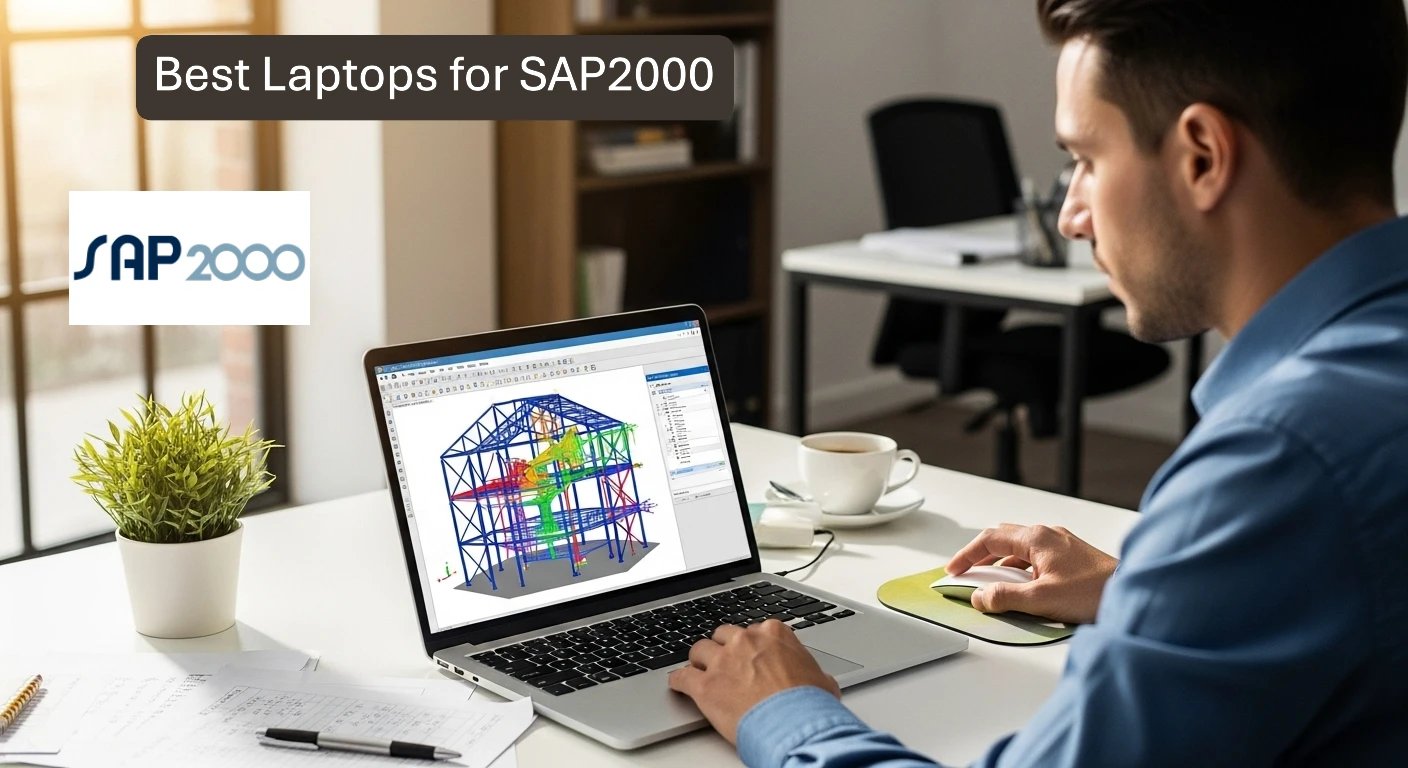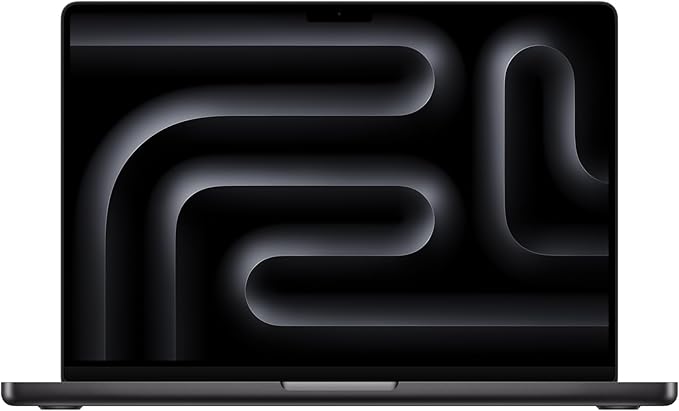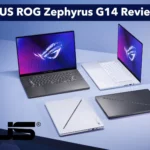Choosing the right laptop for SAP2000 isn’t just about raw speed — it’s about balance. Structural engineers need a machine that can crunch through big analysis models, handle complex 3D visualization smoothly, and still be portable enough to take between office, site, or classroom. In 2025, the good news is that there are plenty of laptops built for exactly this kind of heavy lifting.
This guide covers the best laptops for SAP2000 right now, with detailed specs, pros and cons, and practical buying advice. Whether you’re a student running small models or a professional working on massive structures, you’ll find something here that fits your workflow.
See also: Best Laptops for Civil Engineering Students
What to Look for in a Laptop for SAP2000
Before jumping into recommendations, here are the key specs that actually make a difference for SAP2000 users:
- CPU: Go for Intel i7/i9 H/HX series or AMD Ryzen 9 HX processors. More cores = faster solver times.
- RAM: 16 GB minimum, 32 GB is the sweet spot, and 64 GB+ if you handle large projects.
- Storage: NVMe SSD (1 TB recommended) for fast loading and scratch space.
- GPU: A discrete NVIDIA RTX is ideal for smoother 3D navigation. Workstation GPUs (RTX Ada, Quadro) are more stable but pricier.
- Screen: At least Full HD, but 2K/4K gives more room for drawings and models.
Best Laptops for SAP2000 in 2025
1. HP ZBook Fury 16 G11 – The Heavyweight Workstation

If you want a true desktop replacement, this is it. With HX-class Intel CPUs and NVIDIA RTX Ada GPUs, it’s built to chew through complex SAP2000 runs without breaking a sweat.
Key Specs
- Intel Core i9-14900HX
- NVIDIA RTX 4000 Ada GPU
- 32–64 GB RAM
- 1–2 TB NVMe SSD
- 16″ UHD or FHD display
Pros
- Huge power for large-scale analysis
- Excellent reliability and expandability
- ISV-certified for engineering software
Cons
- Heavy (around 3 kg)
- Expensive top-end models
- Battery life isn’t great under full load
2. Lenovo ThinkPad P1 Gen 6 (16″) – Best Mix of Power & Portability
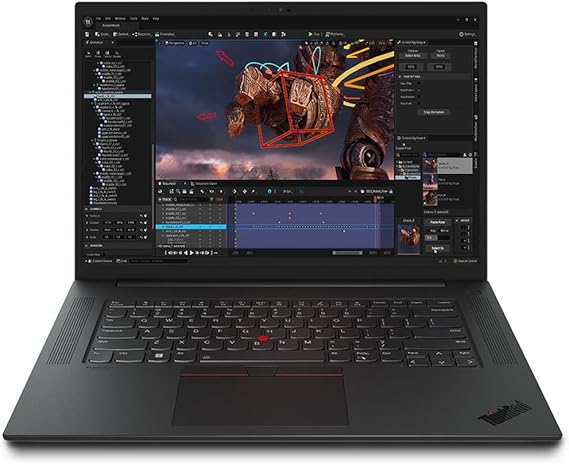
ThinkPad P1 is the perfect balance for engineers who move between office and field. Strong performance, lightweight design, and legendary ThinkPad durability.
Key Specs
- Intel i7/i9 H-series (13th Gen)
- NVIDIA RTX Ada GPU
- 32 GB RAM (upgradeable to 64 GB)
- 1 TB SSD
- 16″ OLED/IPS display
Pros
- Portable but still very powerful
- Excellent keyboard and build quality
- Strong battery life for a workstation
Cons
- More expensive than gaming laptops
- Slim design means less cooling headroom
3. Dell Precision 5570 / XPS 15 – The All-Rounder
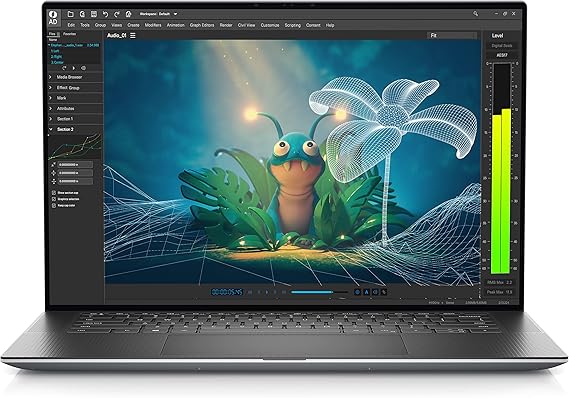
Dell’s Precision line brings workstation reliability, while XPS gives you a sleeker design with pro-level power. Both handle SAP2000 smoothly.
Key Specs
- Intel i7/i9 H-series
- NVIDIA RTX 3000/4000 mobile
- 16–64 GB RAM
- 1 TB SSD
- 15–16″ 3.5K/4K display
Pros
- Gorgeous high-res display
- Solid performance and build
- Professional-grade service options
Cons
- XPS can throttle under long workloads
- Precision models are heavier
See also: Dell XPS 15 (2025) Review
4. ASUS ROG Zephyrus G16 – Best Performance for the Price
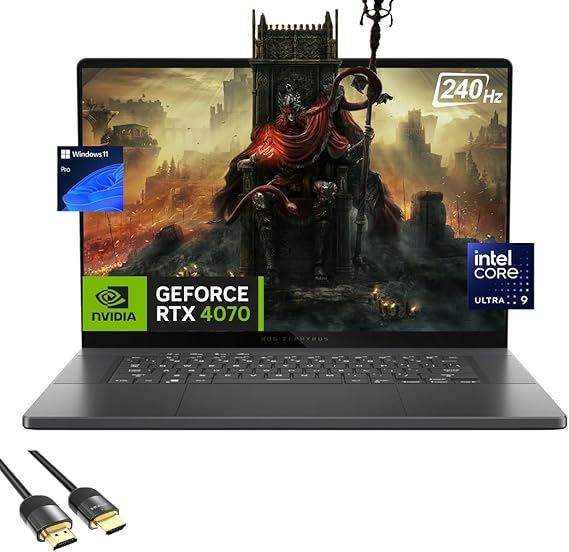
A gaming laptop that doubles as an engineering powerhouse. Strong CPU/GPU combo at a much lower price than workstation machines.
Key Specs
- Intel or AMD HX processors
- NVIDIA RTX 4070/4080
- 32 GB RAM
- 1–2 TB SSD
- 16″ high-refresh or OLED display
Pros
- Great price-to-performance ratio
- Strong thermals for its size
- Ideal for both work and gaming
Cons
- Gamer-style design may not suit every workplace
- Average battery life under load
5. Razer Blade 16 – Sleek Premium Power
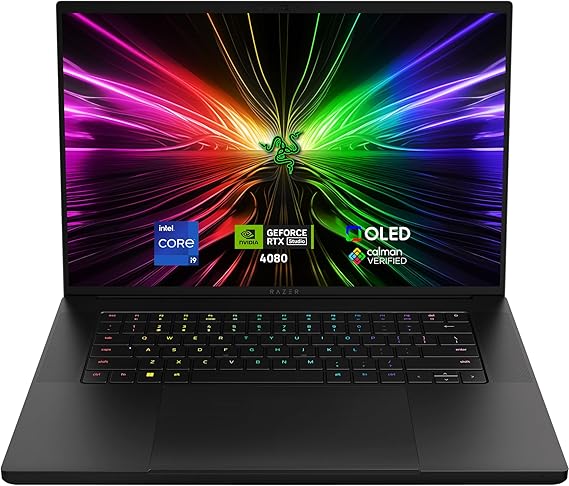
If you want workstation-level power in a premium chassis, the Razer Blade 16 is your pick.
Key Specs
- Intel i9 HX
- NVIDIA RTX 4080/4090
- 32 GB RAM
- 1 TB SSD
- 16″ OLED / Mini-LED display
Pros
- Stunning display options
- Premium build and design
- Slim but still powerful
Cons
- Runs hot under heavy use
- Pricey for max configurations
6. MacBook Pro M4 (14/16″) – Great Hardware, But With a Catch
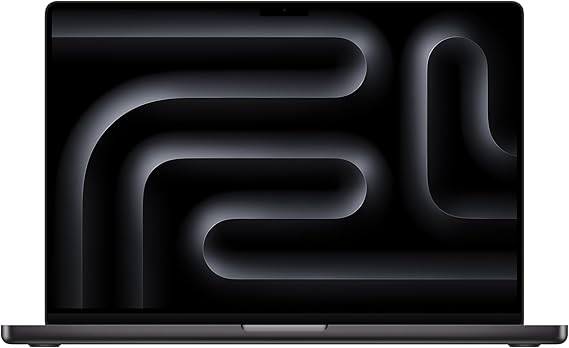
Apple’s M4 Pro and M4 Max chips deliver outstanding performance and battery life. However, SAP2000 is Windows-only, so you’ll need Parallels or Boot Camp alternatives to run it. Performance is solid, but native Windows laptops are still the safer option.
Quick Comparison Table
| Laptop | CPU | GPU | RAM | Storage | Weight | Best For |
|---|---|---|---|---|---|---|
| HP ZBook Fury 16 | i9-14900HX | RTX 4000 Ada | 32–64 GB | 1–2 TB | 3.0 kg | Heavy-duty analysis |
| Lenovo ThinkPad P1 G6 | i7/i9 H | RTX Ada | 32–64 GB | 1 TB | 1.8–2.0 kg | Portability + power |
| Dell Precision/XPS 15 | i7/i9 H | RTX 3000/4000 | 16–64 GB | 1 TB | 2.0–2.5 kg | All-rounder |
| ASUS ROG Zephyrus G16 | i9/Ryzen 9 HX | RTX 4070/4080 | 32 GB | 1–2 TB | 2.0 kg | Best value |
| Razer Blade 16 | i9 HX | RTX 4080/4090 | 32 GB | 1 TB | 2.6 kg | Premium slim design |
| MacBook Pro M4 | M4 Pro/Max | Apple GPU | 32–64 GB | 1–4 TB | 1.6–2.2 kg | Battery + macOS fans |
See also: Best Laptops for Civil 3D
Recommended Configurations
- Students / Entry-Level: i7/Ryzen 7 CPU, 16 GB RAM, 512 GB SSD
- Professional Use: i9/Ryzen 9 HX CPU, 32 GB RAM, 1 TB SSD, RTX 4070+
- Heavy Projects: i9 HX, 64 GB RAM, 2 TB SSD, RTX 4000/5000 Ada
Final Thoughts
If your work in SAP2000 involves large, complex models, go for a workstation like the HP ZBook Fury or Dell Precision. For a lighter, more mobile option, the ThinkPad P1 is fantastic. If you want performance without workstation pricing, the ASUS ROG Zephyrus G16 offers great value. And if design matters to you, the Razer Blade 16 gives you sleek power.
Bottom line: pick based on your workflow. If speed and stability are mission-critical, stick with workstations. If you want portability and price savings, high-end gaming laptops are more than enough for most SAP2000 users.
FAQ – Honest Answers for Engineers Using SAP2000
Not always. If you’re a student or working on smaller projects, a mid-range laptop with a decent CPU and 16–32 GB RAM will do just fine. Workstations are great for very large models or if you need certified reliability, but many engineers get along perfectly well with high-end gaming laptops.
For learning, small models, or coursework, yes. But if you’re handling professional projects, 32 GB gives you breathing room and makes everything smoother. Think of it like extra desk space — once you have it, you’ll wonder how you managed without it.
The solver itself leans more on the CPU, but the GPU really helps when you’re working with big 3D models or switching between multiple viewports. If you hate laggy graphics, go for a laptop with an NVIDIA RTX card.
Technically yes, but there’s a catch: SAP2000 runs only on Windows. You’d need Parallels or another VM to make it work on a Mac. If you love macOS and only run SAP2000 occasionally, it can be okay. But if SAP2000 is your daily driver, stick with Windows for peace of mind.
Storage and RAM. A slow or tiny drive will frustrate you, and too little memory will choke your workflow. A solid NVMe SSD and at least 32 GB RAM are worth every penny if you’re serious about engineering work.
